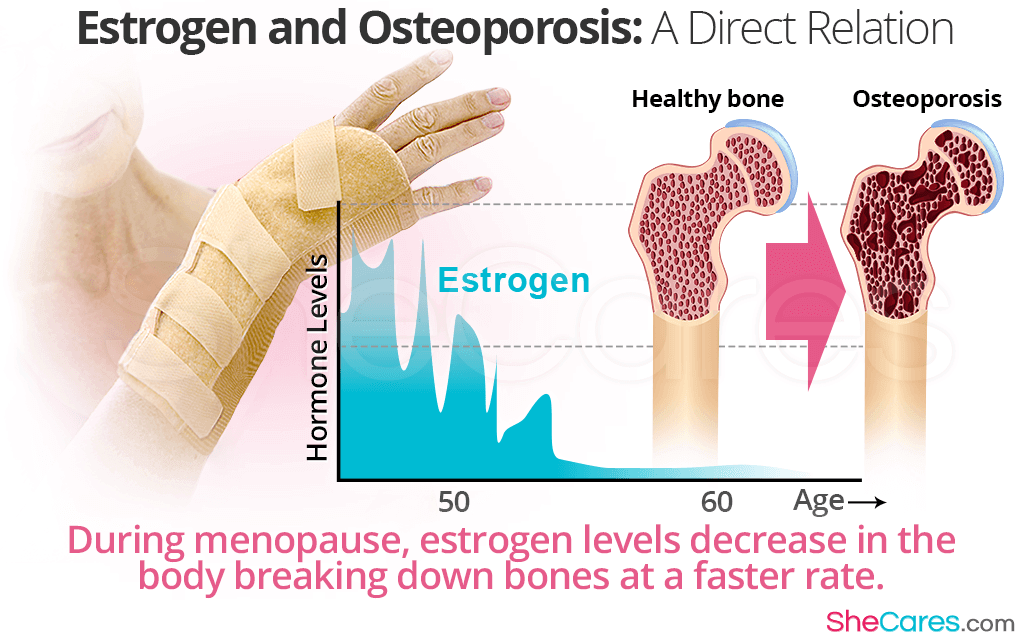As people grow older, bone fractures become more likely, and they are even more likely for women. Weakening bones, also called osteoporosis, is a common affliction for women in middle age and beyond. The reason for such a high likelihood of brittle bones is because of the relationship between estrogen and osteoporosis. Read on to learn more about this link.
What Is Osteoporosis?
Osteoporosis is the name for a condition that causes significant bone loss in the body. When somebody is affected by osteoporosis, the bone begins to weaken and shrink, which makes it much more likely for somebody suffering from osteoporosis to experience bone fractures. Sometimes, severe osteoporosis can cause fractures even without much trauma to the bone; the bones become so weak that even just a little stress, like stubbing a toe, can cause a fracture.
Bone is living tissue that constantly needs to regenerate and grow new cells in order to stay strong and healthy. Throughout a person's life, the body grows new bone to replace the old bone, which is broken down naturally by the body. However, when somebody suffers from osteoporosis, the new bone does not grow fast enough to keep bones strong.
What Causes Osteoporosis?
The most common cause of osteoporosis is age. Bones weaken as they grow older, and it becomes more and more likely for somebody to develop osteoporosis the more they age. Osteoporosis can also be more likely to develop among people with already small or thin bones, or among people who don't exercise or receive enough calcium and vitamin D.
Another reason for the development of osteoporosis is a hormonal imbalance. In particular, the hormonal balances that occur alongside menopause are likely to increase the risk of developing osteoporosis. This is because of the drop in the levels of estrogen, which can help control bone mass.
How Are Estrogen and Osteoporosis Related?
Estrogen, although best known as a sex hormone, is vitally important in many different functions of the human body. One of these functions is the process of resorption, which is the name for the breaking down of old bone tissue. The presence of estrogen in the body inhibits the body's resorption rates, meaning that old bone is not broken down too quickly and new bone has a chance to form and strengthen.
However, menopause is marked by a significant change in estrogen levels. During menopause, estrogen levels decrease in the body. This means that estrogen can no longer inhibit resorption as effectively, and old bone begins breaking down at a faster rate. Without estrogen as a slowing mechanism, old bone breaks down faster than new bone can form, leading to bone weakness.
Knowing more about how estrogen influences bone growth and the development of osteoporosis can help you learn how to prevent your bones from becoming weak or build up new bone strength if you already suffer from osteoporosis.
